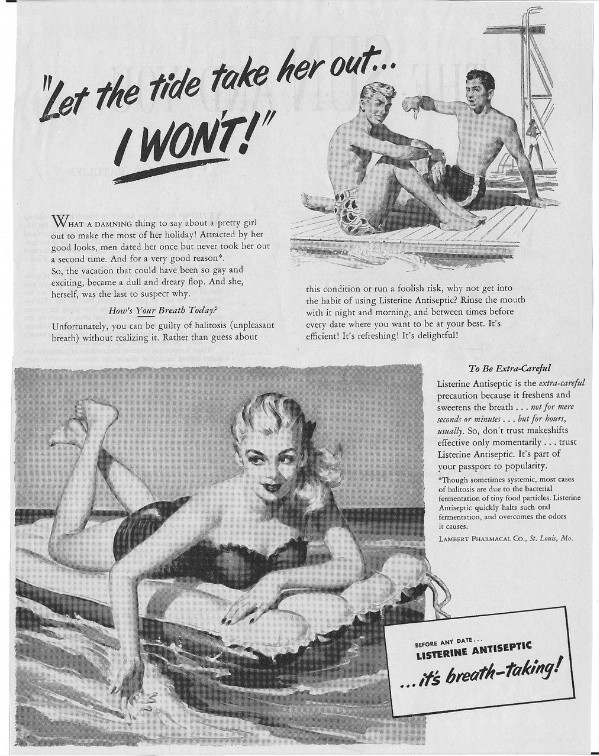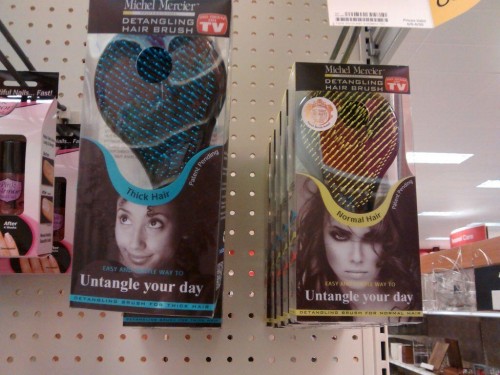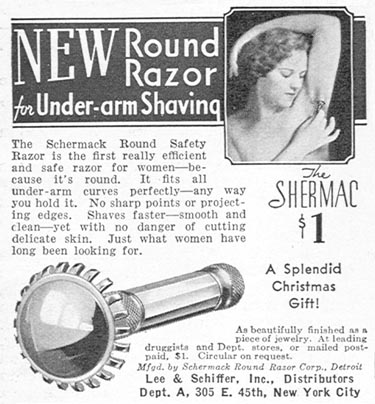This headline for this Listerine ad from 1951 reads, “Let the tide take her out… I WON’T!”
Translation: “I’d let a woman with bad breath die before I would go on a date with her.”
If that wouldn’t scare you into buying Listerine, I don’t know what would!
Source: Vintage Ads.
Lisa Wade, PhD is an Associate Professor at Tulane University. She is the author of American Hookup, a book about college sexual culture; a textbook about gender; and a forthcoming introductory text: Terrible Magnificent Sociology. You can follow her on Twitter and Instagram.







